An Introduction to Management Information Systems 888342
Comprehensive Guide to Management Information Systems (MIS): An Introduction
All materials required for the Introduction to Management Information Systems course for students are available here.
final exam preparation
A special webpage to help students with exam preparation and revision for the final exam:
****** MIS final exam review *****
Here is the midterm exam preparation and review lesson: TBA
course assignments
Here are copies of the two course assignments:
assignment #1 group assignment
assignment #2 decisions and data
Format a Report files: text.txt, report.pdf, table.doc, chart.xls, (instructions.doc)
midterm exam preparation
A special webpage to help students with exam preparation and revision for the midterm exam:
****** MIS exam review *****
Here is the midterm exam preparation and review lesson: exam prep and review lesson
Foundations of Information Systems
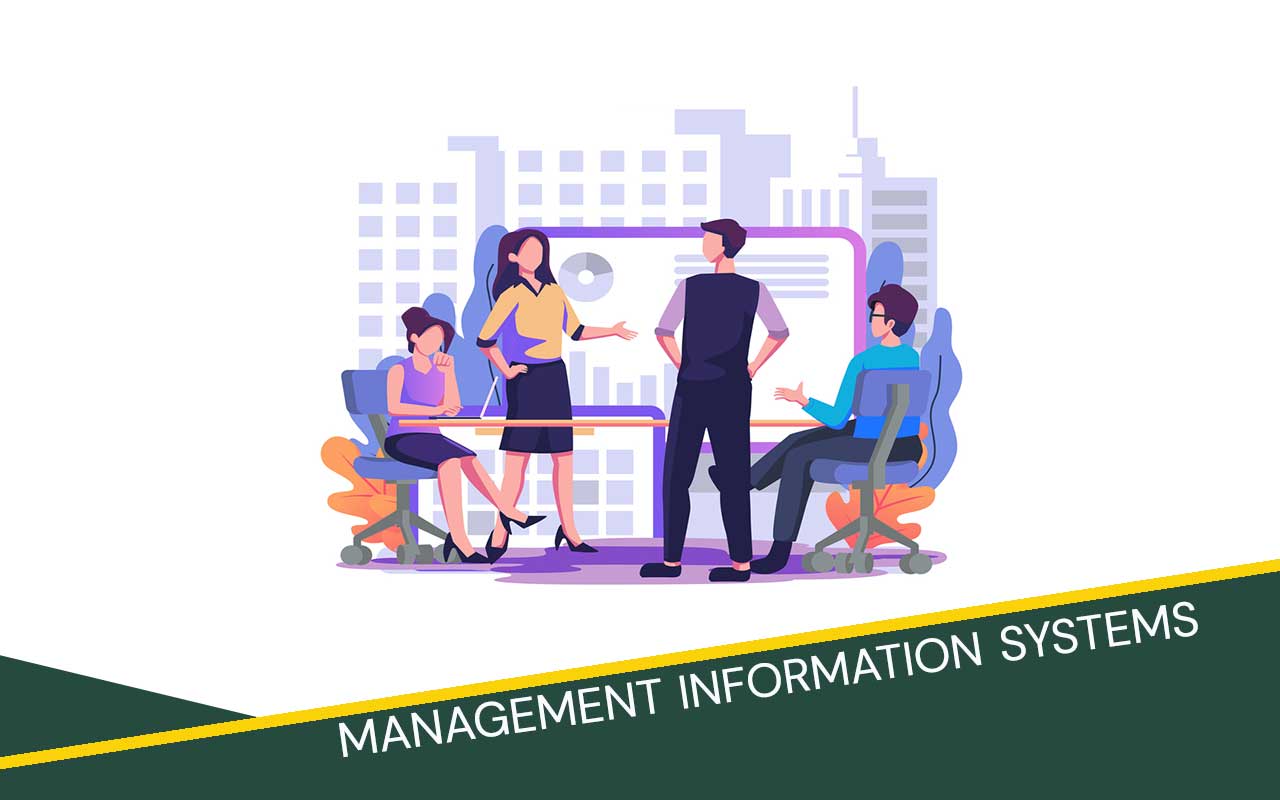
An introduction to the course and information systems. Details available here
Computer Systems

Computer systems can be defined by the hardware and the software components. We start with the inside and outside of the computer, the box known as the system unit.
Telecommunications and Networks
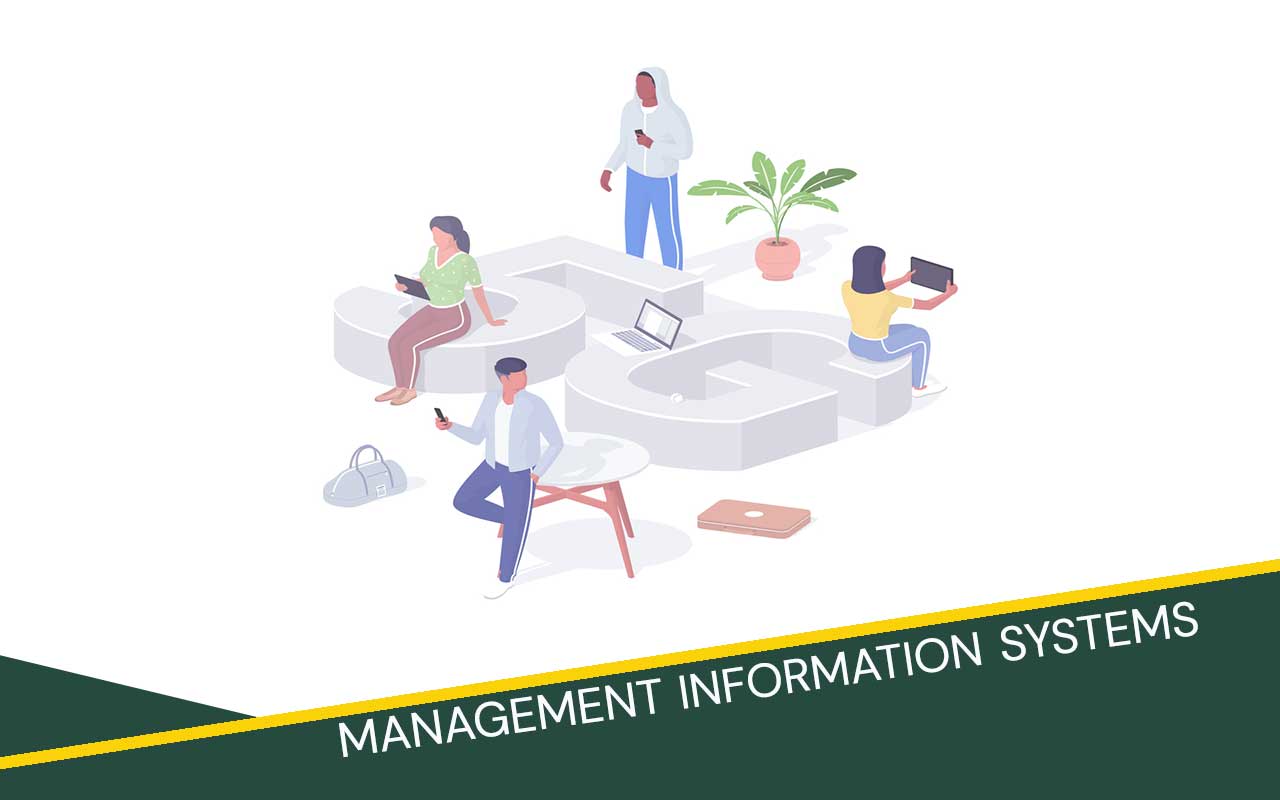
Much of network systems in information systems is focused on security and access control.
Here we follow basic network details with three lessons that deal with threats, protection from these threats, risk and access control.
Pre-Midterm Course Materials
Post-Midterm Course Materials
Data Systems
Database Exercise Labs
Business Application
Information Systems
Artificial Intelligence Lessons
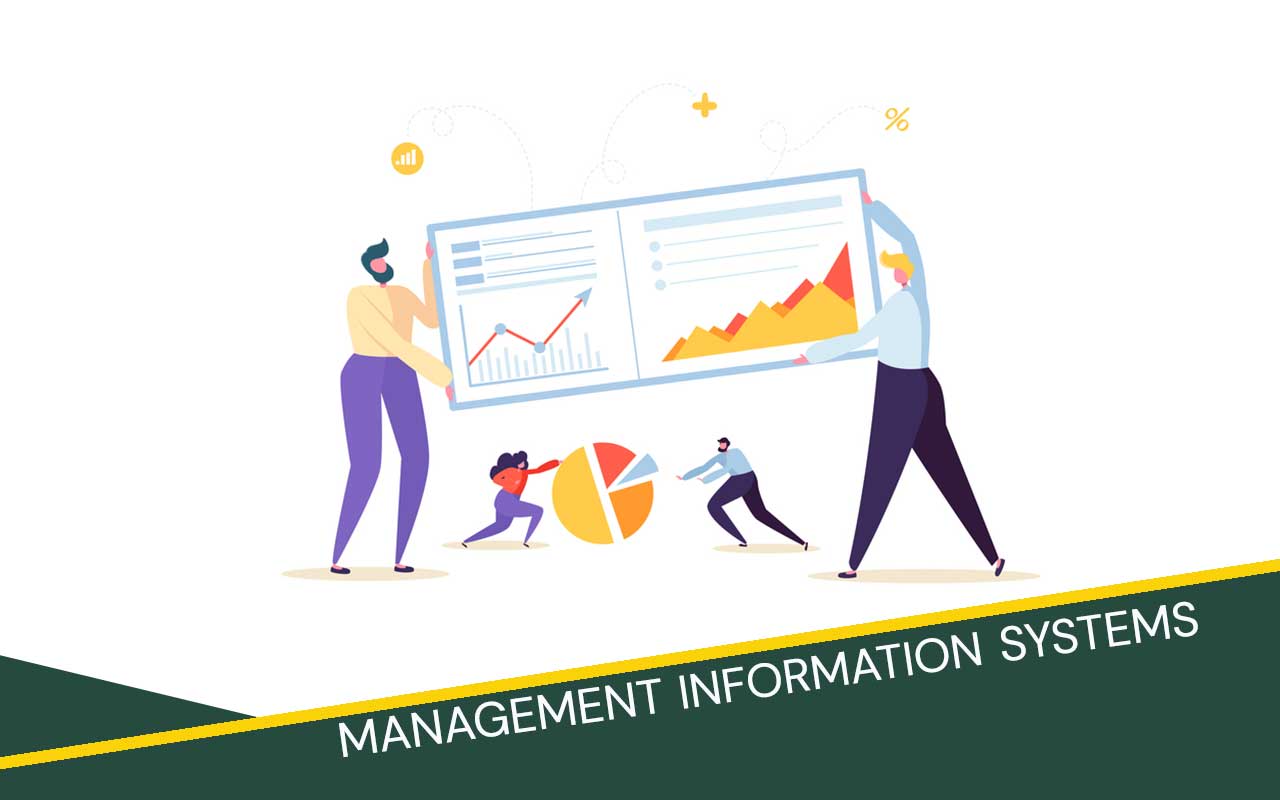
Data Resource Management and DSS
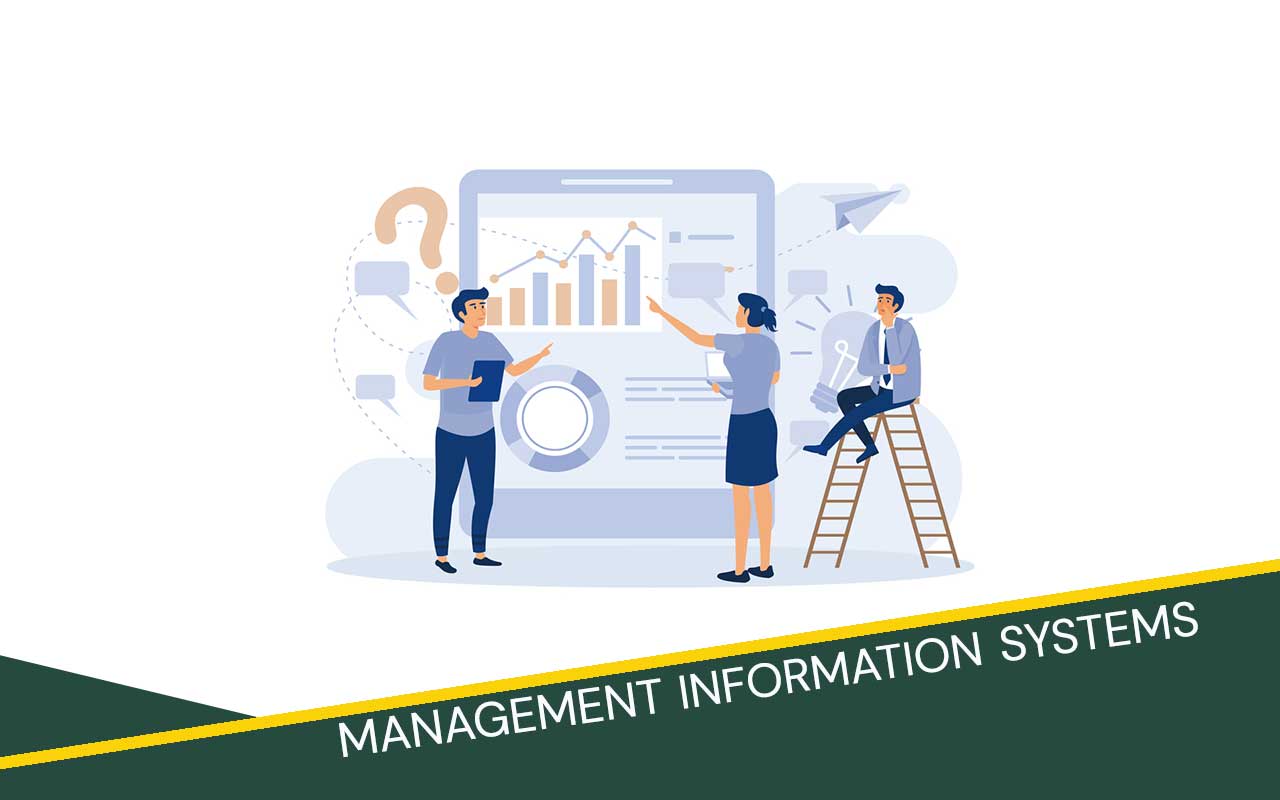
Business Applications
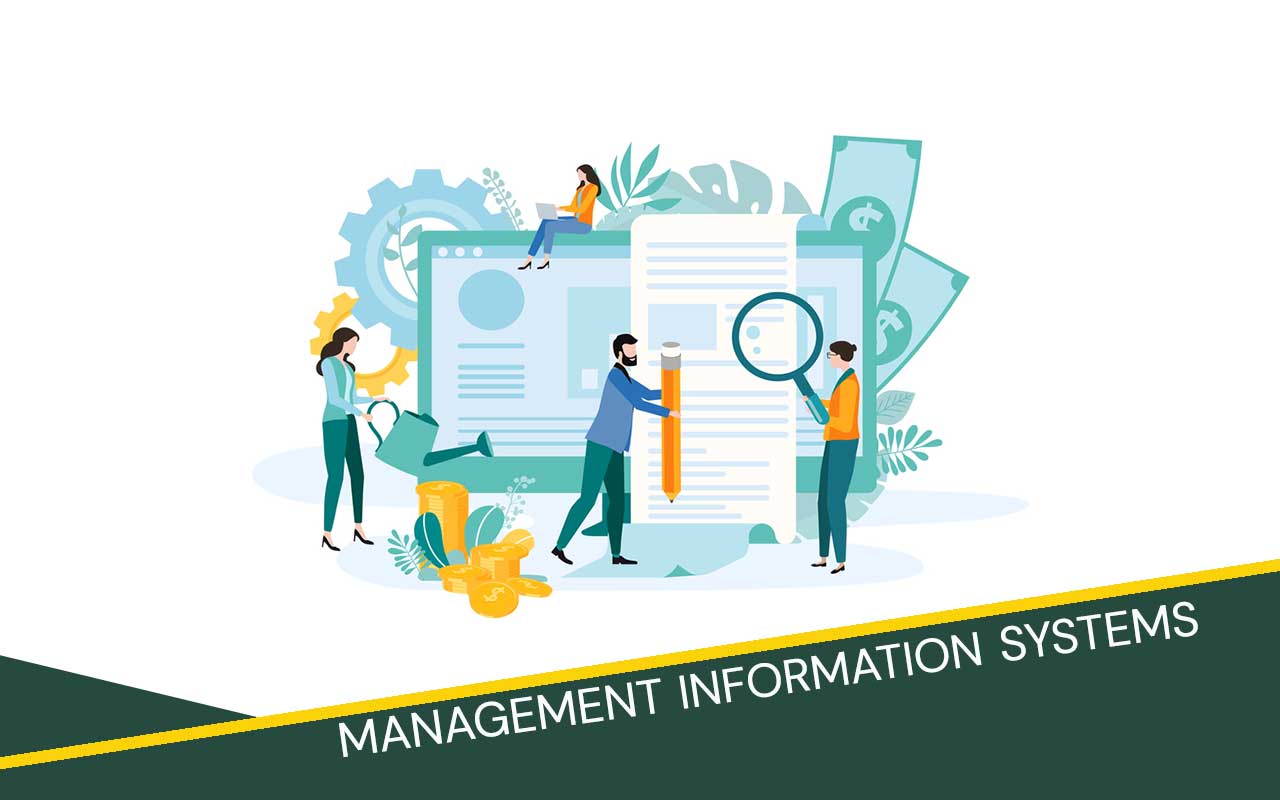
Functional Applications of Information Systems
Database Labs
Lessons (pdf downloads) & Resources
- Week 9 Lesson 15 Database Design
- resources are on the lesson 1 web pages
- register.csv
- Week 10 Lesson 17 Create the Database
- resources are on the lesson 2 web pages
- Video: Create a Simple Database in SQLite Using SQL
- Week 11 Lesson 19 Relational Database
- resources are on the lesson 3 web pages
- Video: to be added
Semester 1
All materials required for the Introduction to Management Information Systems course for students are available here.
The course introduction with all information for new students is available at:
Course Introduction 888342 Intro to Management Information Systems
Information systems vocabulary can be difficult to international students. Here are some simple explanations of the meaning of some of the terms on this course:
Information system terms
